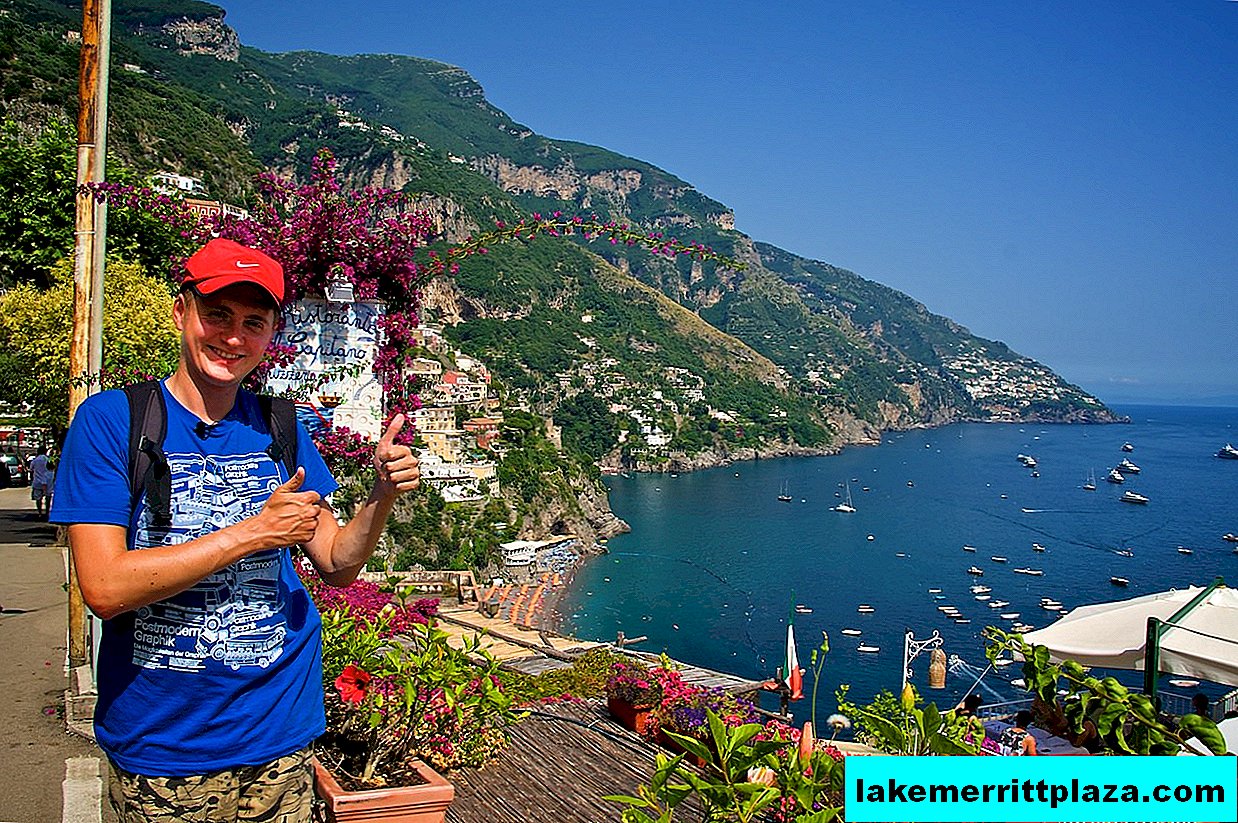Pfaueninzel Palace is a small, pretty castle with a park. It was built by the king for his mistress. The palace is stylized as ruins and looks a bit fake. You can only get to it by ferry.

Palace Pfaueninsel (Schloss Pfaueninsel), photo TsungTsung Wu
The name Pfaueninzel translates as Peacock Island. The park and the Pfaueninsel Palace (Schloss Pfaueninsel) are really located on a small island (1.5 km long and 0.5 km wide) surrounded by stunningly beautiful nature. Only a ferry can get there. The island is a nature reserve, so you can’t ride bicycles, skateboards and skis here; spoil the nature; disturb the birds; to smoke. The island does not sell food.
Romantic love story
In the XVII century there was a rabbit farm, then the alchemist lived until his laboratory was burned down. For a hundred years the island was empty, right up to the 18th century. The further history of the island is a love story of the twenty-year-old crown prince Friedrich Wilhelm and the thirteen-year-old daughter of the palace trumpeter, whose name was Wilhelmina Enke. Two years later, this illegal couple had their first child (there were four in total), and Wilhelmina became the official favorite.

Pedestrian bridge between the towers, photo riesebusch
In 1794, the king decided for his long-term girlfriend to build a palace on the island, then peacocks were brought to the island, and he got the current name. Over the year, a wooden palace appeared on the island - a small cube with two towers connected by a pedestrian bridge, first wooden, and later metal. The gates on the facade of the building were painted. The palace in the form of romantic ruins was erected by the palace carpenter Brendel.

Drawn gate, photo by Wolfgang Staudt
Wilhelmina in 1796 received the title of Countess, and a year later, Frederick Wilhelm II died and the favorite was "demoted." The owner of the palace was the son of Frederick William II, making it his favorite residence.
Palace and park today

Palace and park Pfaueninsel, photo by riesebusch
Two architects worked on the palace building - Karl Friedrich Schinkel and Peter Joseph Lenne. The palace is built in the English style. The 2nd floor of the building was completely erected, and the 3rd floor was left unfinished. Today in the palace a museum dedicated to the history of Peacock Island and the Pfaueninzel Palace is open.

Fountain in the park, photo riesebusch

Flowerbed, photo by michael.berlin
Around the castle there is a park, a kitchen, a hunting lodge and other farm buildings were built on its territory. The park from 1821 to 1834 was designed by Peter Joseph Lenne according to the English model. Today it is a landscape park where trees alternate with green meadows. In summer, one lawn is reserved for lovers of grass!

View of the palace from the river, photo Karin
Working hours
From April to October: VT-Sun 10:00 - 17:30;
Mon day off.
Closed from November to February.
Tickets
A full ticket costs € 6;
preferential - € 5.
How to get there
By city train to Berlin Wannsee station, then by bus 218 to Peacock Island, and then by ferry.








